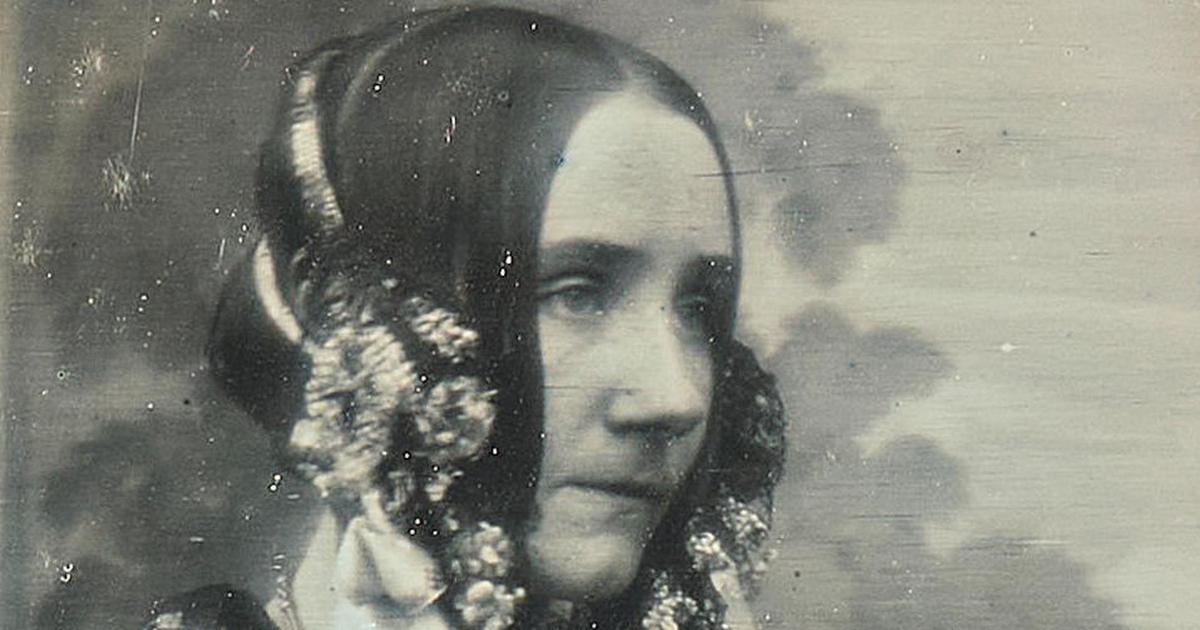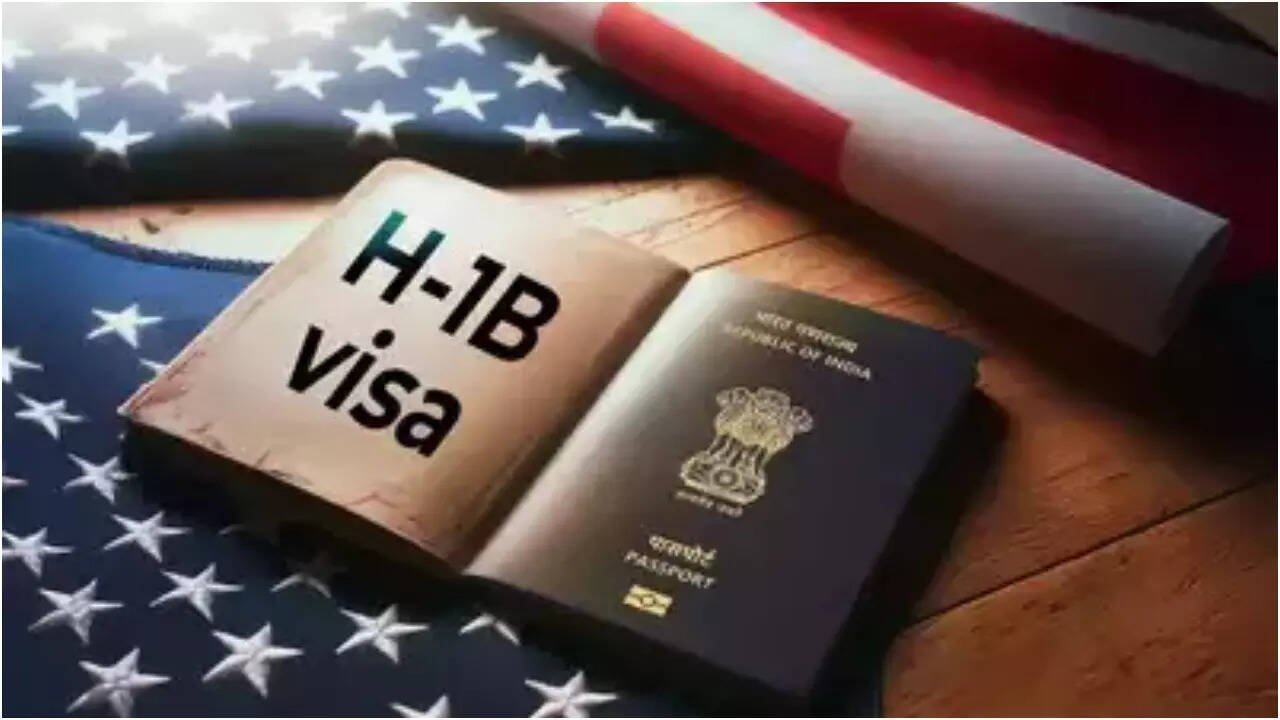Caste as seen through an Orientalist lens: The ironic legacy of 18th-century Company paintings

Join our WhatsApp Community to receive travel deals, free stays, and special offers!
- Join Now -
Join our WhatsApp Community to receive travel deals, free stays, and special offers!
- Join Now -

Company painting, with its ethnographic focus on customs, ceremonies and trades, has origins that can be traced back to the sixteenth century, particularly with regard to the kind of themes that were depicted. Early European engagement with India – especially by the Portuguese, French and Italians– laid the foundation for this visual tradition.
It was only after the British East India Company obtained commercial monopoly on Eastern shores that Company Painting or the kampani Qalam tradition flourished, in the late eighteenth century – much later than they first arrived in India.
Understanding the ‘customs, manners, manufactures, and habits’ of India – alongside its history, literature and religion – was believed to aid governance and justify the subservient position of native populations. The drive to document India ‘authentically’ gave rise to a wave of British artists who travelled across the subcontinent under the patronage of the EIC.
These paintings, often accompanied by travelogues and commentary, sought to present India in ways that resonated with European sensibilities and imperial ambitions.
However, it soon became evident that local artists, with deeper knowledge and understanding of these subjects (and certain aspects of Indian life), were better suited for the task. Indian artists, trained in the preceding Mughal miniature traditions, welcomed this...
Read more
What's Your Reaction?
 Like
0
Like
0
 Dislike
0
Dislike
0
 Love
0
Love
0
 Funny
0
Funny
0
 Angry
0
Angry
0
 Sad
0
Sad
0
 Wow
0
Wow
0























































